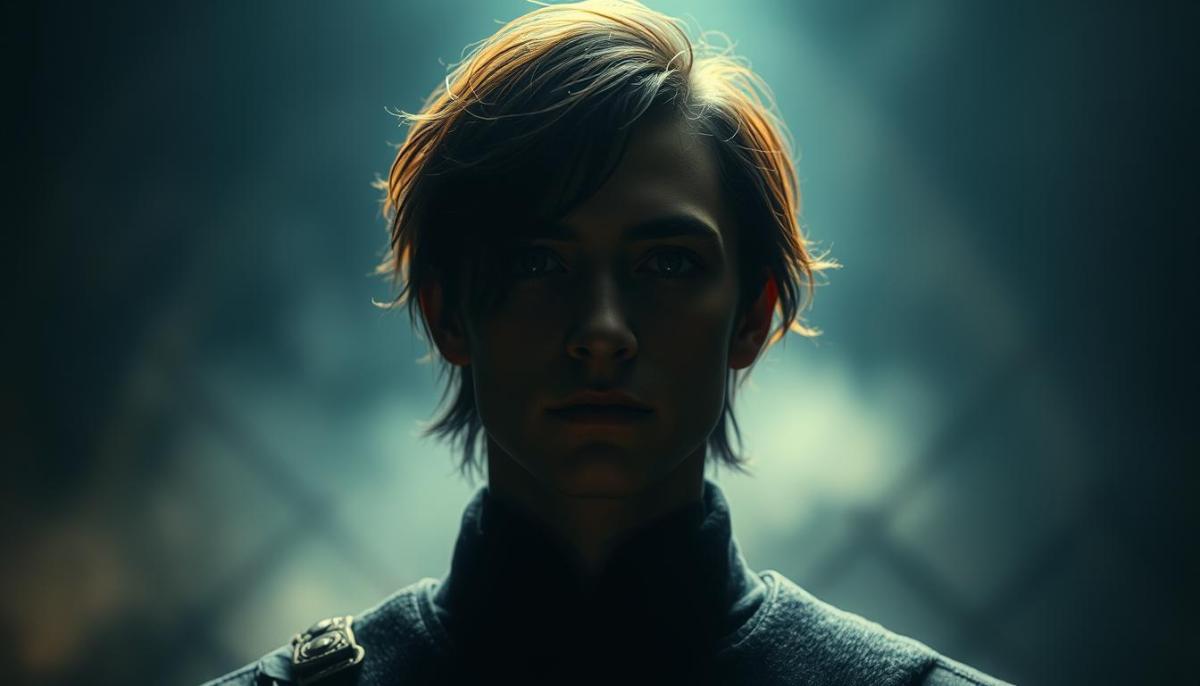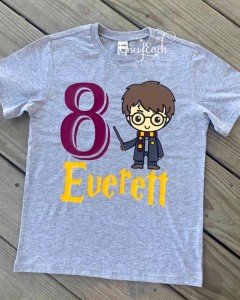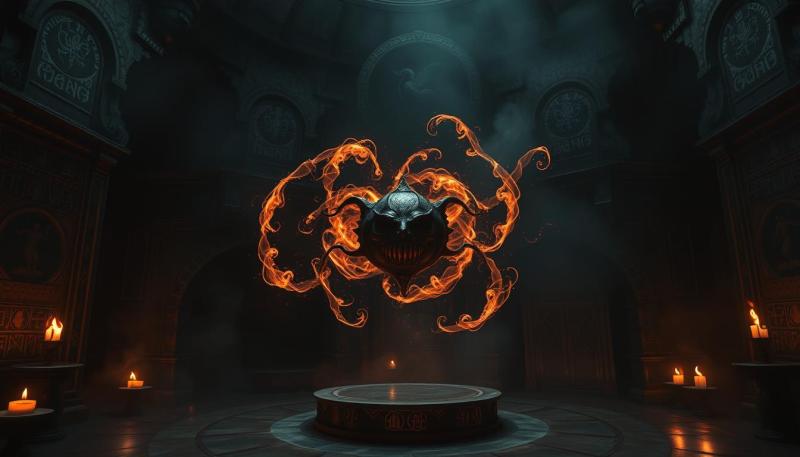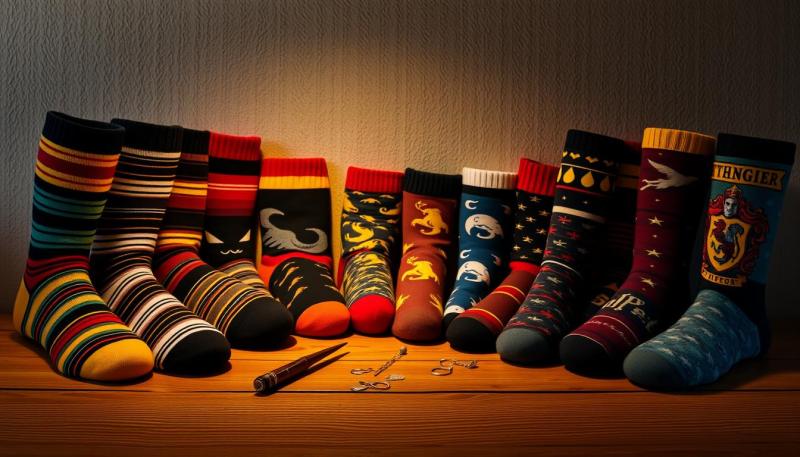When Ben Grynol first met Chris Friesen, he thought he had his coworker figured out. Confident demeanor? Check. Polished resume? Of course. But after a year of working together, a casual conversation flipped everything Ben assumed upside down. Chris’s childhood struggles, career detours, and quiet resilience painted a story no one saw coming. That eye-opening moment sparked Character, a podcast that’s now been downloaded 25,000 times in just three months.
What makes ordinary lives so extraordinary? We’ve all met someone like Chris—people whose surface-level details barely scratch their true depth. This isn’t just about podcasts. From animated films to documentary photography, creators are mining gold in everyday narratives. Why? Because real journeys resonate deeper than scripted drama.
Think about the barista who moonlights as a muralist, or your neighbor who rebuilt their life after losing everything. These aren’t just “stories.” They’re living proof that our choices, shaped by a thousand tiny moments, make us who we are. And audiences? They’re hungry for it. Forget celebrity gossip—today’s listeners crave raw, relatable voices.
Key Takeaways
- A surprise revelation about a coworker inspired a hit podcast with 25,000+ downloads
- Authentic personal journeys connect better than polished celebrity profiles
- Creative industries increasingly spotlight undiscovered voices and true-life narratives
- Life experiences shape individuals in ways that surprise even their closest acquaintances
- Storytelling techniques from audio to visual arts make ordinary lives extraordinary
Understanding the Essence of Character Spotlights & Insights
The barista who remembers your order might have a tale that changes your perspective. Ben Grynol, creator of the Character podcast, calls this phenomenon "life math"—how every experience adds up to shape who we are. His team doesn’t chase celebrities. Instead, they spotlight the receptionist-turned-beekeeper or the teacher who rebuilt her community after a hurricane.
Wizard Character Birthday Tee/Bodysuit
Celebrate your little one's special day in magical style with this adorable Wizard Character Birthday Tee or Bodysuit
Product information
$19.00
Product Review Score
4.7 out of 5 stars
52 reviewsProduct links
We’ve all made snap judgments. That quiet coworker? You might assume they’re shy. But what if they’re actually a championship debater who grew up in three countries? Assumptions crumble when we dig deeper. As Ben puts it: "The most gripping stories aren’t hidden—they’re sitting in plain sight, waiting for someone to care enough to listen."
Consider this: With 7.5 billion people alive today, there are more unique life paths than stars visible from Earth. Yet we often overlook the cashier’s art portfolio or the retiree’s secret invention. Why? Many don’t realize their own experiences matter. But when shared, these narratives become bridges—connecting strangers through shared struggles and triumphs.
Great storytellers know this truth. They don’t create characters. They reveal them. Just like real people, the best fictional personas grow through challenges and choices. This mirror effect explains why authentic tales resonate. They remind us that purpose isn’t found in fame—it’s woven into the fabric of everyday lives.
Expert Perspectives on Behind-the-Scenes Narratives
Behind every unassuming voice lies a symphony of untold stories. Ben Grynol’s 12,000+ hours dissecting audio content taught him this truth. "Great interviews aren’t mined—they’re uncovered," he says, describing how podcast legends like Marc Maron and Ira Glass shaped his work.
Podcast Journeys and Unconventional Backgrounds
What separates good stories from unforgettable ones? Raw authenticity. Ben spent years studying hosts who ditch scripts. Joe Rogan’s unedited conversations and Guy Raz’s empathetic pauses showed him how real moments hook listeners. "When you let people ramble, they reveal gold," he notes.
| Host | Style | Key Feature | Episode Example |
|---|---|---|---|
| Marc Maron | Vulnerable interviews | Personal disclosures | President Obama |
| Ira Glass | Narrative arcs | Emotional pacing | Harvey Weinstein exposé |
| Joe Rogan | Free-flowing chats | 3+ hour runtime | Elon Musk |
| Ben Grynol | Deep dives | 18-episode series | Chris Friesen |
Revealing Real-Life Character Stories
Chris Friesen’s 18-episode arc proves unconventional backgrounds captivate. Ben’s team uses two rules: 1) Ask "Why?" three times, 2) Silence is your ally. These techniques transform guarded answers into vulnerable revelations.
Building trust takes time. Producers often spend 40 hours prepping for one interview. "You’re not extracting content—you’re creating space," explains Ben. This work pays off when guests share pivotal moments listeners recognize in themselves.
Audio’s magic lies in its limitations. Without visuals, we lean into vocal cracks and pauses. That barista’s trembling voice describing her first art show? It hits harder when your imagination completes the picture.
Lighting Techniques in Visual Character Storytelling
Lighting does more than illuminate—it whispers secrets about who a character truly is. Junior Artist Juras Rodionovas compares his work to solving puzzles: "Every face holds clues," he says. "Your job? Arrange the lights until their story clicks."

Toolbag's Approach to Crafting Mood
For George The Ogre, Juras chose warm golden-hour tones. Why? The gentle giant’s backstory involved finding peace in sunlit forests. Software like Toolbag becomes an artist’s playground with these tools:
| Tool | Purpose | Effect |
|---|---|---|
| Sky Presets | Set base atmosphere | Natural outdoor lighting |
| Point Lights | Highlight details | Eye reflections |
| Spot Lights | Direct focus | Dramatic shadows |
| Directional Lights | Simulate sunlight | Full-body definition |
Balancing Color, Composition, and Story
Cool blue tones once made George look sinister—the opposite of his nature. Juras adjusted to amber hues that softened his brow. "Lighting direction shapes personality," he notes. "A slight tilt upward makes eyes hopeful. Downward? Haunted."
Want to master these techniques? Explore film lighting methods used by professionals. Remember: shadows under the nose aren’t flaws—they’re roadmaps showing where the light began its work.
Animation Insights: Industry Journeys and Creative Growth
Imagine refining a single character's smile for 47 iterations—that's the reality Rachel Hansard faced while working on Ant-Man and the Wasp: Quantumania. Her journey from SCAD classrooms to Marvel movies proves animation careers aren’t built overnight. They’re crafted through mentorships, iAnimate workshops, and countless hours perfecting subtle gestures that make digital beings feel alive.

Breaking Into Feature Animation
Rachel’s breakthrough came through a mix of structured learning and raw persistence. Her iAnimate training (Workshops 3-7) taught core skills like weight distribution and eye tracking. But industry veterans Mike Walling and Tal Shwarzman added crucial tips: "Trust the process" and "Every day you’re better than yesterday."
The real test came during her first team project on Sonic the Hedgehog 2. "You quickly learn animation is a team sport," she recalls. "Your work must mesh with layout artists, lighting teams, and voice actors—it’s never just about your skills."
Cultivating Passion and Continuous Improvement
Rachel keeps three handwritten reminders at her desk:
- Keep going (even when scenes get cut)
- Trust the process (feedback isn’t failure)
- Today’s struggles build tomorrow’s skills
Her day often involves balancing technical precision with artistic instinct. One secret? Studying real-life movements. "I once spent a time filming squirrels to nail Rocket Raccoon’s mannerisms," she laughs. This blend of observation and execution separates good animators from those who create unforgettable characters.
Integrating Audio and Visual Elements for Rich Storytelling
You know a story works when rough sketches make someone cry. Rachel Hansard learned this while animating a 20-second musical scene. Her secret? Pairing hand-drawn characters with raw vocal recordings that carried real emotion.
Harry Potter Scrabble: Wizarding World Edition
Spell your way to victory with this magical twist on the classic word game!
Product information
$22.62 $18.10
Product Review Score
4.36 out of 5 stars
149 reviewsProduct links
Harmonizing Voice and Visual Presentation
Rachel’s process for her Broadway-inspired See I Am Smiling animation reveals key steps:
| Stage | Audio | Visual |
|---|---|---|
| Preparation | Self-recorded reference track | 470-frame storyboard |
| Production | Collaboration with sound engineer | Lip-sync adjustments |
| Testing | Emotion checks during playback | Blocking stage feedback |
Ben Grynol’s podcast approach mirrors this. "Great audio makes listeners see your story," he notes. His team uses studio-quality mics and visual storytelling techniques when planning episodes.
Rachel’s breakthrough came when her improv teacher teared up watching early shots. "The trembling voice I recorded sold the heartbreak," she says. This emotional test now guides her production process.
Three rules for sync success:
- Record reference audio before animating
- Use temporary voice tracks during revisions
- Test scenes without visuals to audit vocal impact
Whether crafting podcasts or animations, content shines when ears and eyes work together. As Ben says: "Your mic quality? That’s your audience’s imagination fuel."
Mastering character spotlights & insights: Strategies for Success
The magic happens when you stop chasing perfection and start listening. Ben Grynol’s team built a 25,000-download podcast by prioritizing raw stories over polished equipment. "Your first mic could be your phone," he says. "But your work only matters if it reaches ears hungry for truth."
Juras Rodionovas swears by his "lighting autopsy" method. When stuck, he dissects movie stills and nature photography. "Sunset hues might reveal why a character feels hopeful," he explains. His golden rule? Every shadow must serve the story—delete anything that doesn’t whisper secrets about your subject.
Rachel Hansard’s animation process proves authenticity beats technical wizardry. She once scrapped 47 facial iterations for a 2-second smile. "Your best work emerges when you stop mimicking others," she advises. Her Ant-Man scenes gained depth after studying her nephew’s playful grimaces.
Three field-tested tips from the pros:
- Collect reference materials like a detective—screenshots, voice memos, even weather reports
- Test early drafts with non-experts ("Does this make you feel something?")
- Kill your darlings—if a production element doesn’t elevate the narrative, delete it
Ben’s team spends 70% of prep time researching audience pain points. "Know what keeps your listeners awake," he stresses. This focus helped his podcast triple its reach despite using basic editing skills. Remember: Tools evolve, but human connection remains your superpower.
Mischief Managed Rustic Harry Potter Wall Decor
Add a touch of magic to your space with this charming wall decor that celebrates your love for the wizarding world
Product information
$16.99
Product Review Score
4.78 out of 5 stars
32 reviewsProduct links
Conclusion
Every person carries a universe of experiences waiting to be heard. Through Ben’s audio journeys, Juras’s light-painted secrets, and Rachel’s frame-by-frame magic, we’ve seen how authentic voices reshape storytelling. These creators prove that great work isn’t about fancy tools—it’s about honoring the messy, beautiful truth of human lives.
What binds podcasters, animators, and visual artists? A shared belief that our most compelling stories live in everyday choices. Whether capturing a barista’s hidden art career or an ogre’s sunlit memories, success demands equal parts technical mastery and genuine curiosity. As understanding human complexity becomes crucial across mediums, one truth emerges: audiences crave real connections, not polished personas.
The future belongs to those who listen first. Ben’s 25,000 downloads and Rachel’s Marvel credits show what happens when skill meets soul. Your turn? Start small. Record a neighbor’s laugh. Sketch a stranger’s posture. Every genuine moment collected today becomes tomorrow’s unforgettable story.
Remember: devices evolve, but humanity remains the ultimate special effect. What will your next chapter reveal?
FAQ
How do lighting techniques enhance character storytelling?
Strategic lighting shapes emotional tone and directs viewer focus. By balancing color temperatures and shadows, creators emphasize personality traits or pivotal moments—like using warm hues for vulnerability or stark contrasts for dramatic tension.
What’s the best way to start a career in feature animation?
Build foundational skills through practice and mentorship. Study movement in real life—observe how people walk or react—and translate those nuances into your work. Platforms like Blender or Maya offer accessible tools to refine your craft before pursuing studio opportunities.
Why is audio integration crucial for visual narratives?
Sound design amplifies immersion. A character’s voice texture, ambient noises, or even silence can heighten emotional stakes. Think of how Pixar uses vocal quirks paired with facial expressions to make animated characters feel authentically human.
Can real-life experiences improve fictional character development?
Absolutely. Observing people in cafés, parks, or workplaces reveals authentic mannerisms and speech patterns. These details add layers to fictional personas—like borrowing a friend’s nervous habit to make a protagonist more relatable.
How do I maintain creative momentum during long projects?
Break tasks into micro-goals and celebrate small wins. Set daily 90-minute focus blocks using timers, and alternate between technical work (like rigging) and creative brainstorming. This rhythm prevents burnout while keeping the bigger vision in sight.
What separates good character design from great design?
Memorable characters have visual clarity and emotional depth. Consider Mike Wazowski from Monsters, Inc.—his single eye simplifies recognition, while his ambition/fear conflict makes him layered. Always ask: “What core truth does this design communicate?”
Are traditional art skills still relevant in digital animation?
Yes—understanding anatomy, perspective, and composition remains vital. Digital tools enhance efficiency, but foundational knowledge (like figure drawing) helps create believable movement. Procreate and Photoshop bridges both worlds for hybrid workflows.









